Just a little entry today! I’ve been very busy with work and art commissions and was really in the mood to create something for myself. To celebrate coming up on the end of one year of seasonal themes on the blog, I thought I would make my own little custom Kimmidolls. I used real ones as inspiration for their faces, and then gave them each a custom body to match the four varying themes. They’re very simple, but they make me happy! I’ll be back soon with real content, but for now I hope these little ladies made you smile.
Category: Art Gallery
Miniature Washitsu Project
One thing you may not know about me is that I am completely fascinated with dollhouse miniatures. I find something incredibly awe-inspiring about tiny, realistic objects. My father and I built a dollhouse for some of my figurines and decorating it with miniature food and accessories was my favourite parts. Sometimes when I’m bored, I’ll just browse through online retailers and on eBay, admiring the painstaking detail put into these things.
I’m honestly not sure what put the bee into my bonnet in the first place, but I recently decided I wanted to make a traditional miniature washitsu (Japanese room) diorama, and I wanted to make as much of it from scratch as I possibly could, using found objects or bits and bobs from the dollar store. The room started out as a cardboard mailing box. I covered it with brown craft paper. The roof is more cardboard, covered with pieces of a bamboo beach mat. The tatami mats inside were made out of more beach mat, adhered to foam-core and decorated with washi tape. The wood flooring is popsicle sticks, and the screens are sheer mylar with more popsicle sticks and match sticks. They slide open and closed, too, which I am very proud of! I made the zabuton out of leftover indigo fabric from my recent sashiko project. The table is a coaster and a napkin ring, and the console is the holder for the coasters.
Most of the food and accessories are Re-Ment miniatures I already owned. The tiny bonsai I made myself, using a beads, and a bottle cap and some washi tape for the containter. The kakemono was printed and adhered to origami paper and toothpicks. The only items I purchased were the tiny geta, the vase (the pussywillows in the vase were made with wire and pearl flower pips), and the adorable little bowl of goldfish. The lighting was a happy accident; I made the two small fixtures and went looking for a small set of LEDs to light them, and found some at the dollar store that came with the adorable red lantern! I had to incorporate it!
It may not be perfect, but overall I’m so happy with how this turned out, and I suspect I will be making more dioramas like this in the future. I’d love to do a dressing room with a tiny tansu at some point!
Baby’s First Sashiko
Growing up, all the women in my family did (and still do) some sort of textile-based crafting. Needlepoint, embroidery, knitting, crochet; you name it, my mother, aunt, cousins, grandmothers, etc, were probably skilled in it. I’ve done some needlepoint in my life, but generally I’ve never had the knack for this sort of thing… until now!
My friend Carol (of KimonoMomo on Etsy and the Ardent Thread blog) recently set up a crowdfunding project to help fund a trip to Japan to meet with textile artisans and as a thank-you for contributing, she sent me this nifty sashiko kit. Included was a large piece of rough indigo, two pieces of beautiful quilting cotton with parasols, and three skeins of coordinating thread. What I loved about this project was that theres’s no “right” or “wrong” way to do it. It inspires a great deal of creativity and freedom, which is what I think was missing from my previous attempts at any sort of needlepoint craft.
When I opened the package, I knew I wanted to feature the parasols centrally, so I cut a few of them out of the fabric and appliquéd them onto the indigo fabric. I spent some time looking up different styles of sashiko stitching and then decided that I would fill the background with “clouds” of differing stitches and colours. Initially I was going to do each segment in a different pattern but I worried it might look too busy and stuck to two – one following the print on the base fabric, and one of seigaiha (waves). I loved how organically the whole thing came together, and whenever something didn’t quite work out I could simply undo it and try something else. I also chose to accent the ferrule of each parasol with a little pink quartz, and threw a few other random beads into the background to add a little texture and interest.
Overall, I am utterly thrilled with how my first sashiko project came together. It was very relaxing, challenging enough to keep my interest without being frustrating, and the end results are totally unique. I think they’ll make beautiful gifts full of love and meaning, and they’re very soothing to do. I’m certain this won’t be my last one! If you’re looking to get into sashiko yourself, Carol’s Etsy shop has a fantastic selection of needles, threads and fabrics, as well as a wealth of knowledge to share.
I received this item as a backer perk for a project or product that was crowd-funded (Kickstarter, IndieGoGo, etc)
DIY Doll Makeover
I found this precious little gal at the thrift store a few weeks ago. She’s not particularly old or valuable, but something about her spoke to me. Her previous owners had slathered her in acrylic craft paint, and it was doing her no justice. I knew I wanted to make her look a bit like a Hakata doll, I just wasn’t sure how I’d go about that. It took a bit of experimentation, but I’m really happy with the end result.
Here she is exactly as I brought her home. Thick, streaky acrylic craft paint hid most of the details of her sweet little face, and the colours on her just weren’t to my taste.
So I stripped her down to bare porcelain with some 100% acetone, and gave her two very thin coats of matte white primer. She could have looked absolutely gorgeous all in white, but parts of her were in rough shape, no matter how much sanding and spraying I did, so I went ahead with my initial plan of colouring her. I tried several different types of paint (fine acrylics, watercolours, etc) but nothing was setting properly. Then I gave my alcohol-based markers a shot, and knew I’d found my solution.
The markers did a lovely job of covering her without making her feel heavy. The black marker I used on her hair has a brush tip, and I love the texture it gave her. I also used metallic paint pens to add a bit of depth and texture to her obi and the little flowers that were sculpted in relief on the kimono. I left her eyes closed, I think it gives her a pensive, focused expression. A young lady caught up in her dance.
She may not be perfect, but she’s entirely mine and I’m completely in love with her!
Art Gallery – Custom Calligraphy
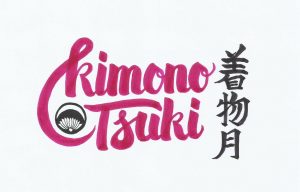 My lovely friend Catherine has been experimenting with beautiful calligraphy recently. I asked if she could do something with my blog title and logo, and let her essentially have free rein. This beautiful piece is what she came up with after showing me several possibilities, and I absolutely love it. It feels very visually balanced and straddles the line between traditional and modern in a way that I find very appealing. If you would like custom calligraphy of your own, Catherine takes commissions and you can view her portfolio on instagram.
My lovely friend Catherine has been experimenting with beautiful calligraphy recently. I asked if she could do something with my blog title and logo, and let her essentially have free rein. This beautiful piece is what she came up with after showing me several possibilities, and I absolutely love it. It feels very visually balanced and straddles the line between traditional and modern in a way that I find very appealing. If you would like custom calligraphy of your own, Catherine takes commissions and you can view her portfolio on instagram.
Miniature Washitsu Project
One thing you may not know about me is that I am completely fascinated with dollhouse miniatures. I find something incredibly awe-inspiring about tiny, realistic objects. My father and I built a dollhouse for some of my figurines and decorating it with miniature food and accessories was my favourite parts. Sometimes when I’m bored, I’ll just browse through online retailers and on eBay, admiring the painstaking detail put into these things.
I’m honestly not sure what put the bee into my bonnet in the first place, but I recently decided I wanted to make a traditional miniature washitsu (Japanese room) diorama, and I wanted to make as much of it from scratch as I possibly could, using found objects or bits and bobs from the dollar store. The room started out as a cardboard mailing box. I covered it with brown craft paper. The roof is more cardboard, covered with pieces of a bamboo beach mat. The tatami mats inside were made out of more beach mat, adhered to foam-core and decorated with washi tape. The wood flooring is popsicle sticks, and the screens are sheer mylar with more popsicle sticks and match sticks. They slide open and closed, too, which I am very proud of! I made the zabuton out of leftover indigo fabric from my recent sashiko project. The table is a coaster and a napkin ring, and the console is the holder for the coasters.
Most of the food and accessories are Re-Ment miniatures I already owned. The tiny bonsai I made myself, using a beads, and a bottle cap and some washi tape for the containter. The kakemono was printed and adhered to origami paper and toothpicks. The only items I purchased were the tiny geta, the vase (the pussywillows in the vase were made with wire and pearl flower pips), and the adorable little bowl of goldfish. The lighting was a happy accident; I made the two small fixtures and went looking for a small set of LEDs to light them, and found some at the dollar store that came with the adorable red lantern! I had to incorporate it!
It may not be perfect, but overall I’m so happy with how this turned out, and I suspect I will be making more dioramas like this in the future. I’d love to do a dressing room with a tiny tansu at some point!
Baby’s First Sashiko
Growing up, all the women in my family did (and still do) some sort of textile-based crafting. Needlepoint, embroidery, knitting, crochet; you name it, my mother, aunt, cousins, grandmothers, etc, were probably skilled in it. I’ve done some needlepoint in my life, but generally I’ve never had the knack for this sort of thing… until now!
My friend Carol (of KimonoMomo on Etsy and the Ardent Thread blog) recently set up a crowdfunding project to help fund a trip to Japan to meet with textile artisans and as a thank-you for contributing, she sent me this nifty sashiko kit. Included was a large piece of rough indigo, two pieces of beautiful quilting cotton with parasols, and three skeins of coordinating thread. What I loved about this project was that theres’s no “right” or “wrong” way to do it. It inspires a great deal of creativity and freedom, which is what I think was missing from my previous attempts at any sort of needlepoint craft.
When I opened the package, I knew I wanted to feature the parasols centrally, so I cut a few of them out of the fabric and appliquéd them onto the indigo fabric. I spent some time looking up different styles of sashiko stitching and then decided that I would fill the background with “clouds” of differing stitches and colours. Initially I was going to do each segment in a different pattern but I worried it might look too busy and stuck to two – one following the print on the base fabric, and one of seigaiha (waves). I loved how organically the whole thing came together, and whenever something didn’t quite work out I could simply undo it and try something else. I also chose to accent the ferrule of each parasol with a little pink quartz, and threw a few other random beads into the background to add a little texture and interest.
Overall, I am utterly thrilled with how my first sashiko project came together. It was very relaxing, challenging enough to keep my interest without being frustrating, and the end results are totally unique. I think they’ll make beautiful gifts full of love and meaning, and they’re very soothing to do. I’m certain this won’t be my last one! If you’re looking to get into sashiko yourself, Carol’s Etsy shop has a fantastic selection of needles, threads and fabrics, as well as a wealth of knowledge to share.
I received this item as a backer perk for a project or product that was crowd-funded (Kickstarter, IndieGoGo, etc)DIY Doll Makeover
I found this precious little gal at the thrift store a few weeks ago. She’s not particularly old or valuable, but something about her spoke to me. Her previous owners had slathered her in acrylic craft paint, and it was doing her no justice. I knew I wanted to make her look a bit like a Hakata doll, I just wasn’t sure how I’d go about that. It took a bit of experimentation, but I’m really happy with the end result.
Here she is exactly as I brought her home. Thick, streaky acrylic craft paint hid most of the details of her sweet little face, and the colours on her just weren’t to my taste.
So I stripped her down to bare porcelain with some 100% acetone, and gave her two very thin coats of matte white primer. She could have looked absolutely gorgeous all in white, but parts of her were in rough shape, no matter how much sanding and spraying I did, so I went ahead with my initial plan of colouring her. I tried several different types of paint (fine acrylics, watercolours, etc) but nothing was setting properly. Then I gave my alcohol-based markers a shot, and knew I’d found my solution.
The markers did a lovely job of covering her without making her feel heavy. The black marker I used on her hair has a brush tip, and I love the texture it gave her. I also used metallic paint pens to add a bit of depth and texture to her obi and the little flowers that were sculpted in relief on the kimono. I left her eyes closed, I think it gives her a pensive, focused expression. A young lady caught up in her dance.
She may not be perfect, but she’s entirely mine and I’m completely in love with her!
Art Gallery – Custom Calligraphy
 My lovely friend Catherine has been experimenting with beautiful calligraphy recently. I asked if she could do something with my blog title and logo, and let her essentially have free rein. This beautiful piece is what she came up with after showing me several possibilities, and I absolutely love it. It feels very visually balanced and straddles the line between traditional and modern in a way that I find very appealing. If you would like custom calligraphy of your own, Catherine takes commissions and you can view her portfolio on instagram.
My lovely friend Catherine has been experimenting with beautiful calligraphy recently. I asked if she could do something with my blog title and logo, and let her essentially have free rein. This beautiful piece is what she came up with after showing me several possibilities, and I absolutely love it. It feels very visually balanced and straddles the line between traditional and modern in a way that I find very appealing. If you would like custom calligraphy of your own, Catherine takes commissions and you can view her portfolio on instagram.

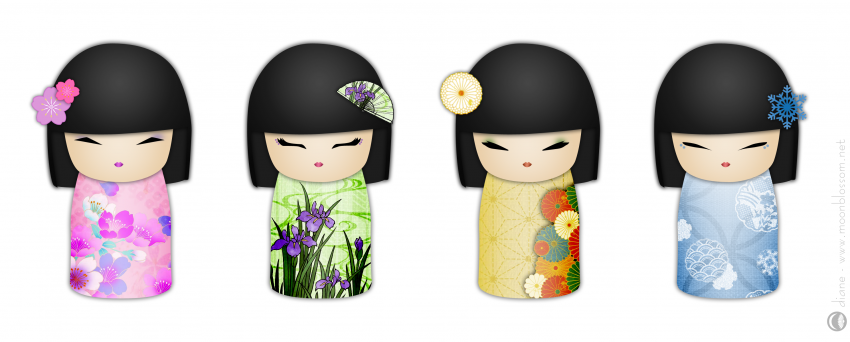
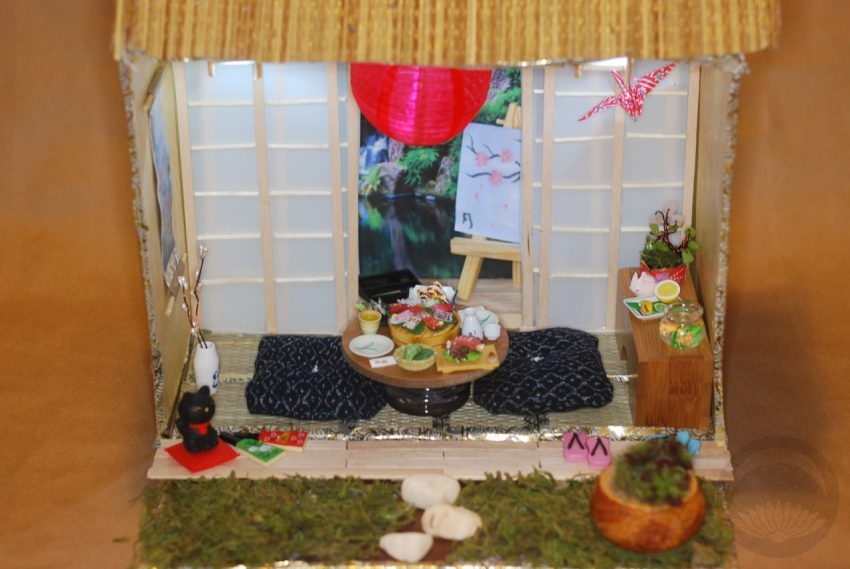
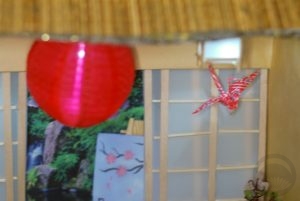
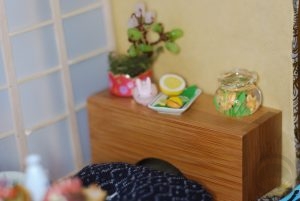
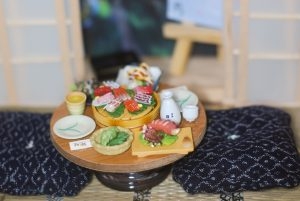
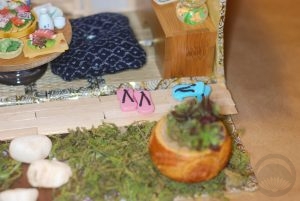
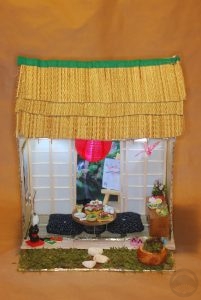
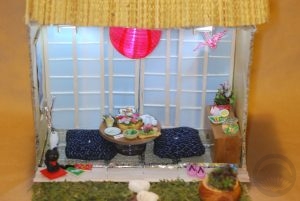
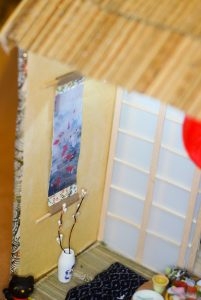
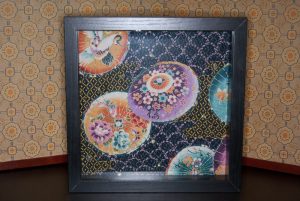
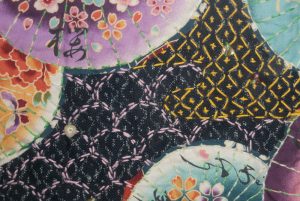
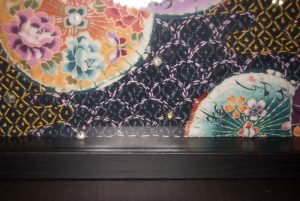
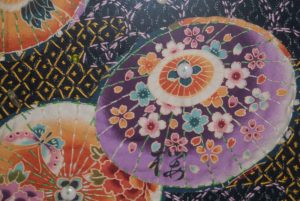
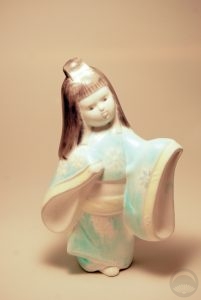
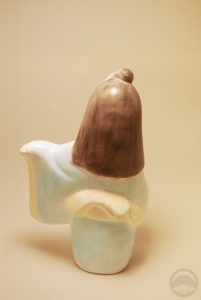
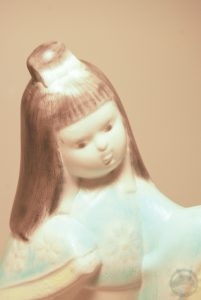
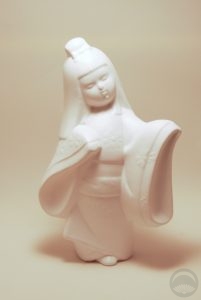
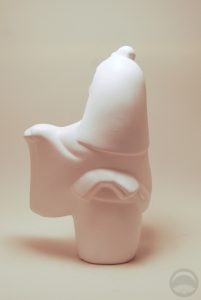
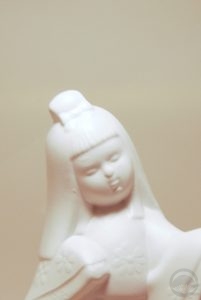
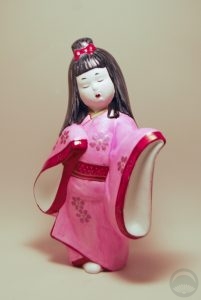
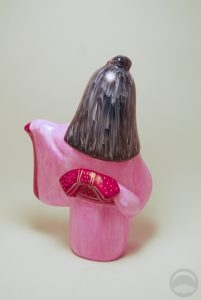
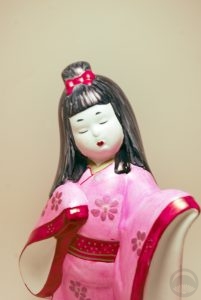





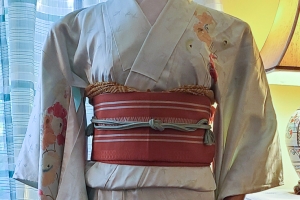
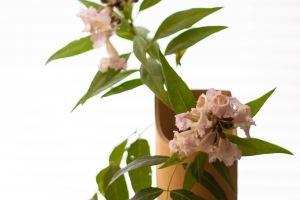
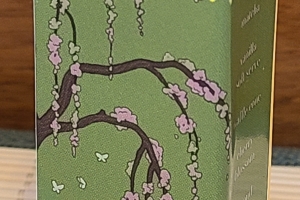
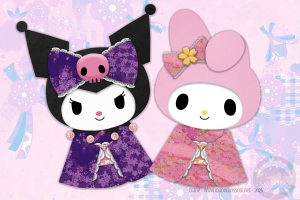
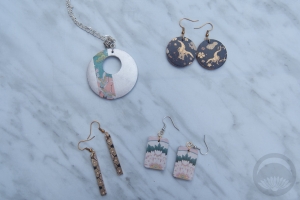

 Bebe Taian
Bebe Taian CHOKO Blog
CHOKO Blog Gion Kobu
Gion Kobu